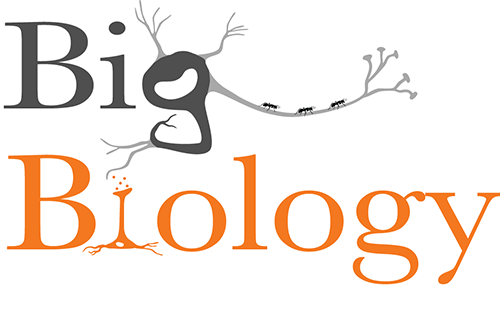

Files
Download Full Episode (45.9 MB)
Loading...
Interviewer(s)
Art Woods, Marty Martin
Interviewee(s)
Avalon Owens
Description
Is artificial light at night partly responsible for insect declines? How does it affect nocturnal insects, especially fireflies and other species that need darkness to thrive?
On this episode, we talk with Avalon Owens (@avalonceleste), a PhD candidate at Tufts University whose research aims to better understand the effects of artificial light at night (or ALAN) on insects. We discuss what light at night is doing to insect populations, why some insects are attracted to light, and how lights might be compromising the pollination services and disease risks mediated by some insects. We also discuss the fascinating light-centered behavior of the fireflies, specifically how man-made light disrupts their ability to find mates. We close with ideas about what you can do to help reduce the effects of artificial light on wildlife broadly. Spoiler alert: turn ‘em off or buy some damn curtains!
Cover photo: Lupines and Fireflies No. 3 by Mike Lewinski (CC BY 2.0)
This episode is sponsored by the Zoological Lighting Institute. Recognizing that natural light is a central aspect of animal health and ecological function, The Zoological Lighting Institute promotes scientific research to improve understanding of what artificial changes in light mean for animals and the human communities that depend on them. Through education on light pollution, ZLI hopes that proper and sustainable approaches to care and development of light sources can be taken by communities around the globe.
Date Published
6-29-2021
Language
eng
Run Time
55 minutes, 13 seconds
Digital File Format
audio/mp3
Document Type
Podcast
Recommended Citation
Woods, Art and Martin, Marty, "Episode 067: Foiling the flashy: how artificial light dims insect behavior" (2021). BigBiology Podcasts. 68.
https://scholarworks.umt.edu/bigbiology_podcasts/68
